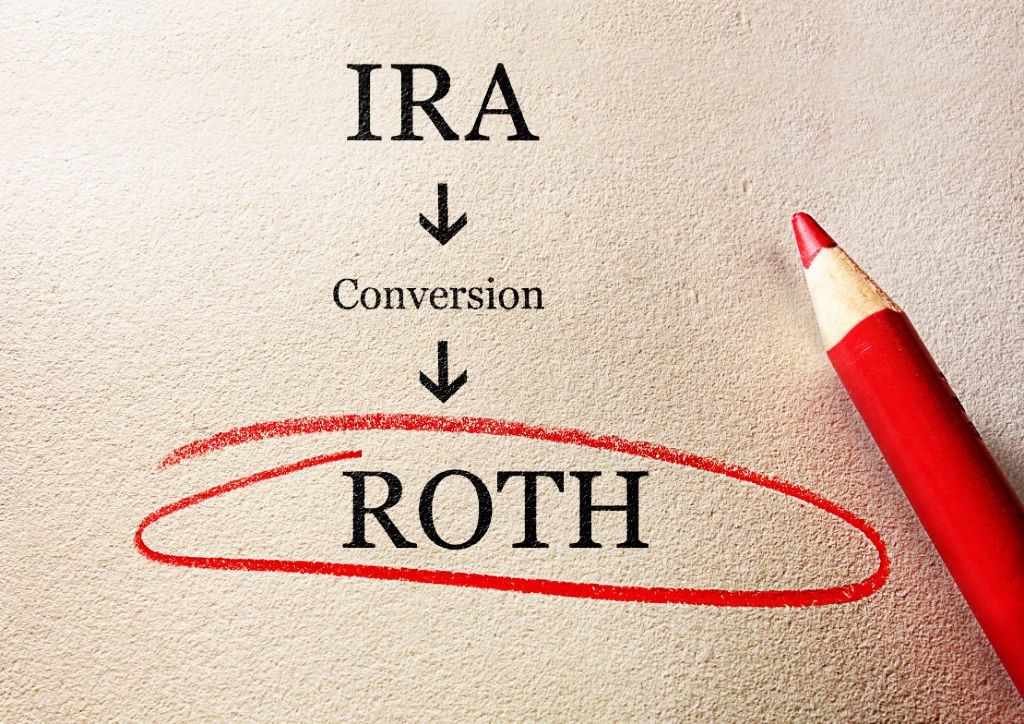How Smart Tax Planning Helped Sally Buy Her Dream Home

| Sally’s Story
· $200,000 in a taxable account · $450,000 in a traditional IRA · $10,000 in a Roth IRA · $58,000 in an inherited Roth IRA · $300,000 in an inherited traditional IRA
·A high probability of retirement success ·An optimized legacy for her heirs ·Two-year reserves for potential long-term care expenses at the end-of life |

Sally's Long-Term Tax
Roadmap
Next, we charted Sally’s estimated tax
liability from now through retirement.

| The unusual shape of
this tax curve above comes from the 10-year rule for inherited IRAs
,
which requires full distribution within a decade of the original owner’s
passing. 1. Inherited Roth IRA : This had to be drawn down within 10 years, the withdrawal would be tax free, but it offered tax-free growth for the remainder of the 10 years and liquidity for unexpected spending shocks during that period and beyond. 2. Inherited Traditional IRA : This had to be drawn down within 10 years of Sally's mom's year of death, taxes would be paid at ordinary rates, so we would eventually want to spread the distribution over the remainder of the 10-year period, but preferably in lower-income tax years if possible. 3. Traditional IRA : Taxable on distribution at high ordinary rates but lifetime tax-deferred compounding (until regular RMDs start at age 73 -- no 10-year rule). 4. Roth IRA (non-inherited) : Best to preserve for long-term tax-free growth and liquidity. |
Dialing In Sally’s 2025 Tax Sweet Spot
We began planning in 2024 , so we could split the inherited traditional IRA withdrawals across two years to reduce the tax bite .
With the home purchase scheduled for May 2025 , we built a detailed projection for her 2025 taxes.

| This graph shows how each
additional $1,000 of income would impact her taxes—a vital tool in finding
her tax “sweet spot.”
·She was facing an earned income credit phase-out bump (dark blue) offset by a Nonrefundable Education Credit Phase-In, keeping her combined tax rate at ~20% for the first $20,000 of additional income. ·Beyond that, the next $25,000 of income would fall into a low 12% federal bracket , which we aimed to fully use .
·After a prior inherited IRA distribution in 2024, Sally’s taxable account held $283,000 . ·Remaining need: $67,000 .
·Took a $45,000 traditional IRA distribution , netting $39,000 after taxes (this filled up the 12% sweet spot). ·Drew the final $28,000 from her inherited Roth IRA —tax-free. ·Left her Roth IRA and traditional IRA balances intact for future use. ·$283,000 (from taxable account - tax-free in 2025) ·$39,000 (from inherited traditional IRA - $6000 withheld on the gross $45,000 distribution) ·$28,000 (from inherited Roth IRA -- tax-free) = $350,000 · Estimated
taxes paid:
~$6,000 (federal and state combined) Here’s the takeaway: 1. CPAs typically focus on one tax year at a time. Their work is important, but they are not typically trained or equipped to compare today's tax rate to your estimated future tax rate , which is critical for a host of retirement planning decisions. 2. Most financial advisors don’t go this deep into tax planning . While many offer sound advice, fewer focus solely on retirement, and even fewer possess the tools, training, and time to conduct comprehensive, tax planning like this. Without this level of analysis, Sally might have unknowingly paid thousands more in taxes—hurting her long-term plan. This case is just one example that highlights a simple truth:
Warm regards, Travis
|


Travis Echols , CRPC®, CSA
Receive free Social Security Guide by email




Investment Advisory Services offered through JT Stratford, LLC. JT Stratford, LLC and Echols Financial Services, LLC are separate entities.











